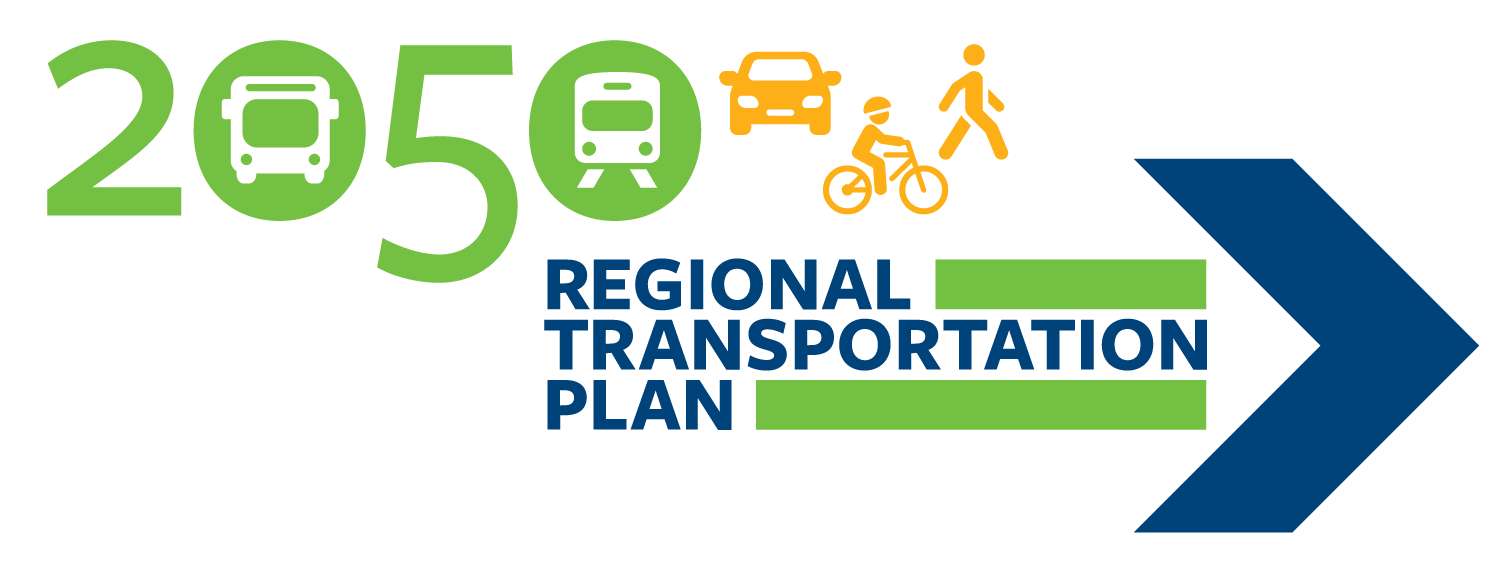RTP 2050

PCTPA is currently working on its long-range Regional Transportation Plan (RTP), which is required to be updated every five years. The RTP casts a vision for transportation in Placer County (excluding the Tahoe Basin) until 2050, and includes projections of population and housing growth, estimates revenue, and outlines transportation investment priorities. It is a collaborative effort among PCTPA, its member agencies, SACOG, elected officials, and stakeholders from across the county.
What is an RTP?
A Regional Transportation Plan (RTP) is a state mandated long-range planning document that outlines all transportation investments in Placer County for a 25 year period. As the Regional Transportation Planning Agency (RTPA) for Placer County (excluding the Tahoe Basin), PCTPA is responsible for developing, implementing, and regularly updating the RTP. RTPs play a critical role in shaping the community, as it guides investments for all modes of transportation, including highways, local roadways, bus transit, passenger rail, freight, bicycles, pedestrians, and aviation. It is primarily composed of three elements:
- Policy Element: Identifies the mobility goals, objectives, and policies of the region.
- Action Element: Details the projects, programs, and actions to implement the RTP
- Financial Element: Summarizes the cost of implementing the RTP projects, considering fiscal constraints
SACOG Blueprint 2025
Placer County's RTP is coordinated with the Sacramento Area Council of Governments (SACOG)'s efforts to update their Metropolitan Transportation Plan/Sustainable Communities Strategy (MTP/SCS) for the entire six-county Sacramento region. While the RTP focuses just on Placer County, the MTP plans for transportation investments across the six-county Sacramento region. PCTPA and SACOG work together closely to ensure that the two plans align. The MTP goes beyond just transportation projects, it estimates future land use development and housing types, addresses environmental sustainability, and considers equity in transportation planning. This difference reflects the fact that SACOG, as a Metropolitan Planning Organization (MPO), has greater federal and state responsibilities and requirements than PCTPA, including Federal Clean Air Act and California Senate Bill 375 regulations. You can learn more about SACOG's efforts here.
Timeline
PCTPA is currently preparing the draft RTP and supplemental EIR. The RTP is expected to be released in draft form for public review in summer 2025, with adoption scheduled for December 2025.
Notice of Preparation (NOP) for the RTP 2050 Environmental Impact Report (EIR)
Under the California Environmental Quality Act (CEQA), PCTPA is required to prepare an Environmental Impact Report for the RTP to identify any potentially significant impacts to the environment. PCTPA's RTP 2040 (adopted in 2019) prepared a full programmatic EIR, and the 2050 EIR intends to prepare a supplemental EIR to evaluate new information and changes that have occurred since certification of the program-level EIR. As part of this, PCTPA has released a Notice of Preparation (NOP) and invites interested stakeholders to comment on the scope of the EIR. The NOP can be found here or at the link below. The NOP will be available for review from February 12, 2025, through March 14, 2025. A hybrid in-person/virtual public scoping meeting will be held during the public review period on March 4, 2025, from 5:00pm-6:00pm. Interested parties may attend in person at PCTPA’s offices at 2260 Douglas Blvd, Suite 130, Roseville, CA 95661 or virtually through this Microsoft Teams link. The meeting ID is: 299 920 357 690; Passcode: 7Wg3nz74. Due to the time limits mandated by State law, your response must be sent and received by PCTPA by March 14, 2025, at 5:00 pm.
PCTPA RTP 2050 Supplemental EIR NOP
Topics to be Analyzed in the Supplemental EIR for the RTP 2050 Environmental Impact Report (EIR)
PCTPA certified an EIR for the 2040 RTP on December 4, 2019. The proposed 2050 RTP is an update to the adopted 2040 RTP, and the PCTPA intends to prepare a Supplement to the certified EIR (Supplemental EIR) to extend CEQA coverage to the updated RTP. The certified 2040 EIR covers the following topics: Aesthetics, Agricultural and Forestry Resources, Air Quality, Cultural and Tribal Resources, Greenhouse Gases/Climate Change and Energy, Land Use Planning and Population, and Transportation and Circulation. At a minimum, these topics are anticipated to be reanalyzed in the Supplemental EIR, and based on public input during the NOP scoping period, it is a possible that other environmental topics are also analyzed in the Supplement EIR.
